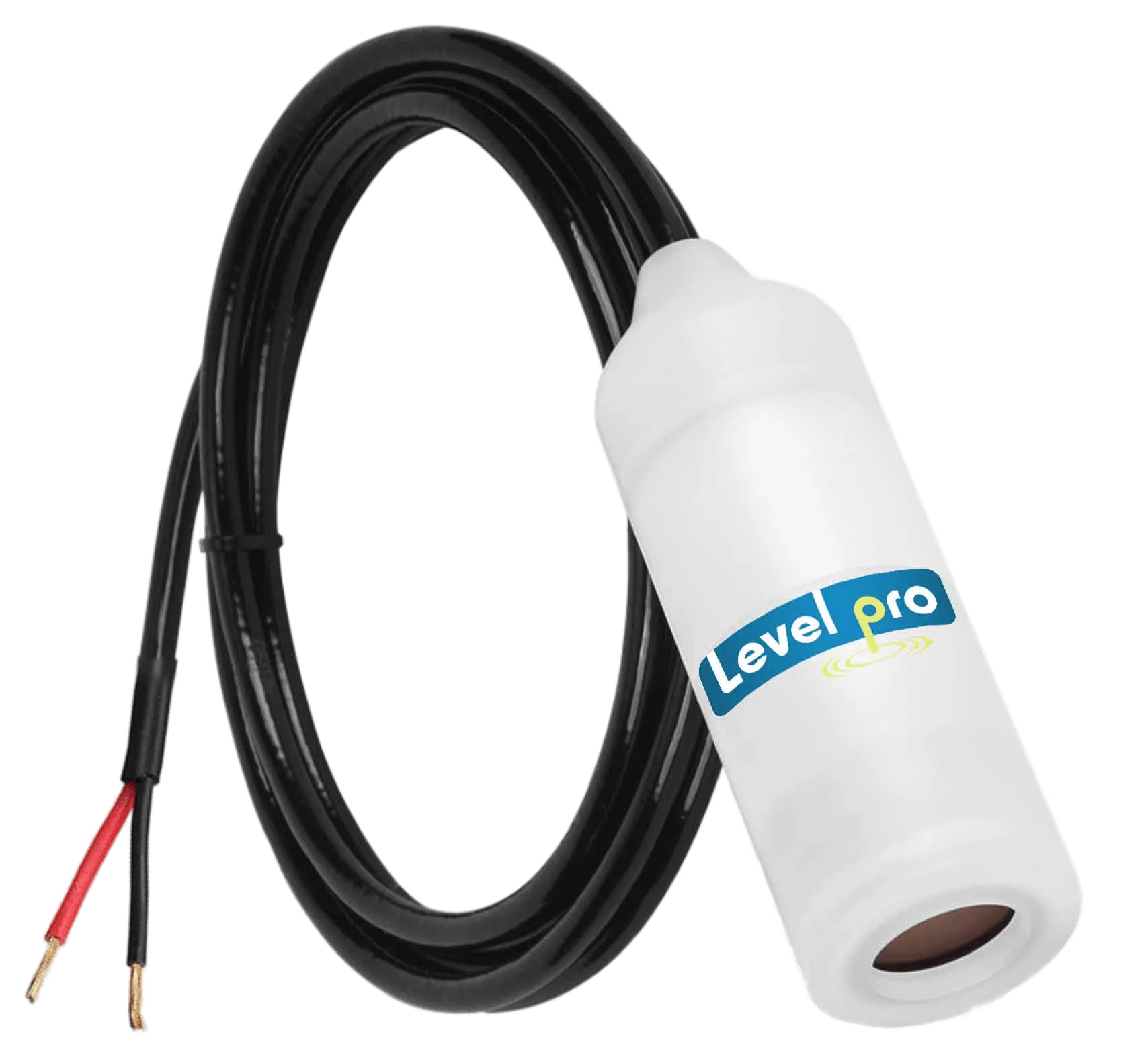How To Properly Install a Chemical Level Sensor

The following procedures are normally required in order to successfully install a chemical level sensor in a chemical tank:
Getting Ready to Use the Tank The first thing you need to do in order to get ready to use the tank is to get it properly cleaned and make sure that it is clear of any debris or foreign objects. Before installing the chemical level sensor, the tank should also be inspected for any leaks or damage that may need to be addressed. If there are any, then the repairs should be done.
Choosing the Appropriate Sensor The following step entails selecting the suitable sensor for the particular kind of chemical and the environment of the tank. A variety of sensors are developed to function effectively with a wide range of substances and in a variety of settings. For instance, submersible chemical level sensors are a suitable option for bulk chemicals since they can be completely submerged in the liquid without suffering any damage. This makes them a convenient choice.
Installing the Sensor After determining which chemical level sensor is most suited for the tank, the sensor must then be installed within the tank. It’s possible that this will need drilling holes in the tank or attaching the sensor to a fitting that’s already there. In order to obtain reliable results from the sensor, it must be positioned at the appropriate height and level.
Wiring and Calibration: After that, the sensor will have to be wired to a local or remote controller, which will be responsible for interpreting the output signal from the sensor. In order to guarantee that the sensor is producing reliable results, it will need to have its calibration adjusted. To do this, you might have to adjust the sensitivity of the sensor or make any number of other necessary adjustments.
Connecting the Power Supply and the Signal Output The sensor will require a power supply and a signal output, with a 4-20mA signal being the most typical output. The signal output from the chemical level sensor is then connected to the local or remote controller. This allows the level of the chemical in the tank to be monitored and controlled, depending on whether the controller is located locally or remotely.
Testing and Maintenance: Lastly, the chemical level sensor should be checked to ensure that it is generating correct readings, and it should undergo routine maintenance to ensure that it continues to function properly. To accomplish this, you may need to clean the sensor and inspect it for any signs of wear or damage.
In the process of installing the chemical level sensor, it is essential to remember that the selection of the sensor’s materials also plays a vital role in the overall procedure. For instance, chemical level sensors made of PVC or PP are simple to install due to their low weight, whereas sensors made of PVDF or stainless steel may require more specialist equipment in order to be properly installed.
In general, the procedure of installing a chemical level sensor in a chemical tank requires careful planning, the correct selection of the sensor, and strict adherence to the instructions provided by the manufacturer. In order to guarantee that the sensor is giving dependable and accurate data, it is necessary to do routine maintenance on it.
Learn more about chemical level sensors
Please contact us to discuss your application


